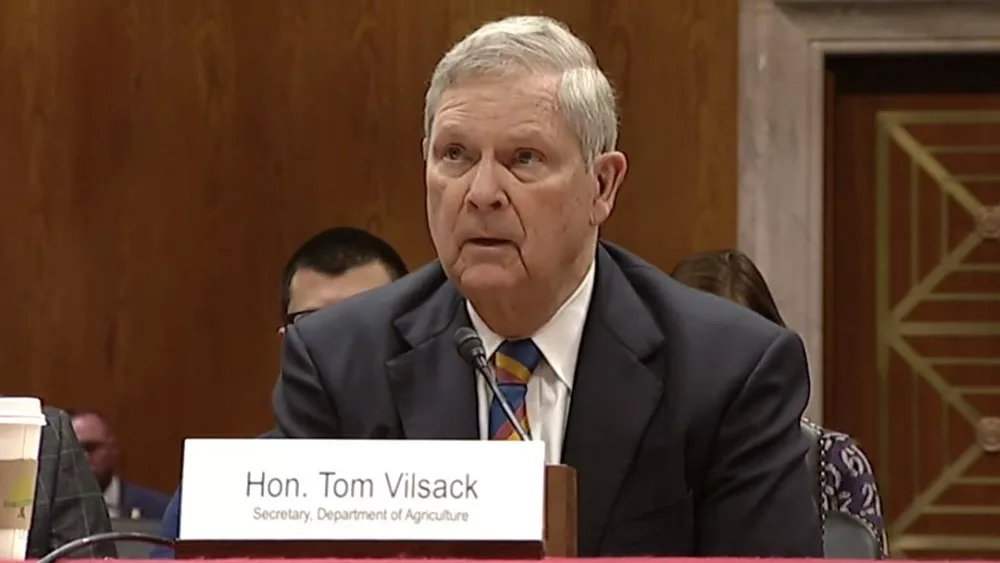This morning while watching CNBC during my usual workout routine, I heard a story about how President Obama’s “Green Energy” policies have a dark side. The story specifically referred to the renewable fuels standard (RFS) requiring that gasoline sold in the U.S. contain a minimum percentage of ethanol. The “secret, dirty cost” supposedly caused by this policy is that acres of prairie and marginal farmland have been tilled up and planted to corn, allegedly increasing water pollution from chemicals and fertilizer.
Further digging pointed to the source of this story. The Associated Press ran an article about the hidden costs of the United States’ ethanol policy, stating:
The hills of southern Iowa bear the scars of America’s push for green energy: The brown gashes where rain has washed away the soil. The polluted streams that dump fertilizer into the water supply.
As farmers rushed to find new places to plant corn, they wiped out millions of acres of conservation land, destroyed habitat and polluted water supplies, an Associated Press investigation found.
Read the entire story here: Obama’s green energy drive comes from an unadvertised environmental cost. (link is: https://www.courier-journal.com/viewart/20131112/GREEN/311120025/AP-Investigation-Obama-s-green-energy-drive-comes-an-unadvertised-environmental-cost)
Here are the facts. U.S. corn production has increased in the past ten years, as reported by the USDA:
Although a significant increase in corn acreage occurred in 2007, the year the ethanol mandate began, the big picture shows steady growth for more than the past decade. Note that this growth also coincides with the introduction of biotech corn around 1996.
What the chart does not tell you is how the corn is being grown. There is a significant decrease in sediment runoff when corn is grown no-till versus conventional till. Has the increase in corn production also correlated with an increase in no-till practices? The AP does not tell us.
Soybean acreage planted in the U.S. should also be considered. Total acreage of soybeans planted in the U.S. shows a significant drop in 2007, but the decade-long trend is a large increase in total acreage. Note that overall acreage planted has increased by 20 million acres since 1993.
What about sorghum? I grew up in Kansas, which was once part of the sorghum belt. Due to biotech corn and soybeans, millions of acres that were once planted in sorghum are now planted to corn and soy. The latest USDA graph backs up my general observation. (Note: sorghum has been left behind in the biotech revolution).
What about sorghum? I grew up in Kansas, which was once part of the sorghum belt. Due to biotech corn and soybeans, millions of acres that were once planted in sorghum are now planted to corn and soy. The latest USDA graph backs up my general observation. (Note: sorghum has been left behind in the biotech revolution).
Finally, one should consider wheat production. How many acres of wheat have been converted to corn production in the past decade? A look at the chart suggests around 10 million fewer acres planted today than 1993:
My point here is that it is too easy to simply infer that U.S. ethanol policy has caused a dramatic increase in water pollution from the loss of millions of acres of woods and prairie to corn. In the past decade, farmers have converted millions of acres that were once wheat and sorghum into more profitable corn. Farmers have also made huge strides in reducing run-off from cornfields thanks to biotech innovations.
Let the wisdom of U.S. “green energy” policy be debated. But please don’t assume that simply planting more corn means more water pollution.









